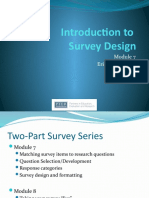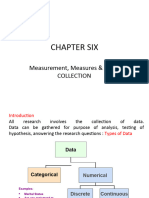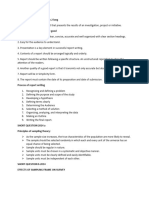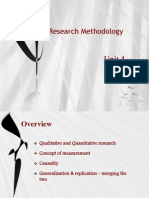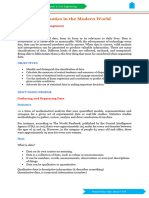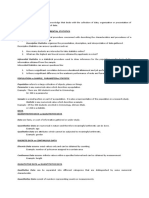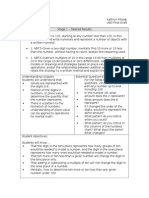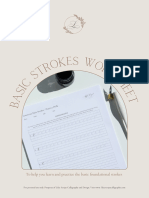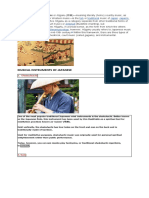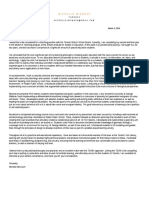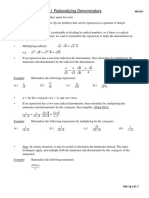0% found this document useful (0 votes)
11 views37 pagesResearch Project - Lecture 6
This document outlines the principles and methods of quantitative data collection, emphasizing the systematic gathering and analysis of numerical data. It covers key topics such as surveys, questionnaires, types of data, and the importance of clarity, relevance, and brevity in survey design. Additionally, it discusses secondary data collection sources and the evaluation of data quality based on relevance, reliability, and timeliness.
Uploaded by
phuongthanhbui219Copyright
© © All Rights Reserved
We take content rights seriously. If you suspect this is your content, claim it here.
Available Formats
Download as PDF, TXT or read online on Scribd
0% found this document useful (0 votes)
11 views37 pagesResearch Project - Lecture 6
This document outlines the principles and methods of quantitative data collection, emphasizing the systematic gathering and analysis of numerical data. It covers key topics such as surveys, questionnaires, types of data, and the importance of clarity, relevance, and brevity in survey design. Additionally, it discusses secondary data collection sources and the evaluation of data quality based on relevance, reliability, and timeliness.
Uploaded by
phuongthanhbui219Copyright
© © All Rights Reserved
We take content rights seriously. If you suspect this is your content, claim it here.
Available Formats
Download as PDF, TXT or read online on Scribd
/ 37






